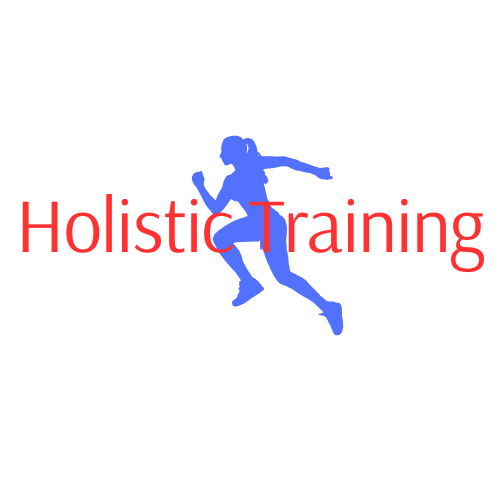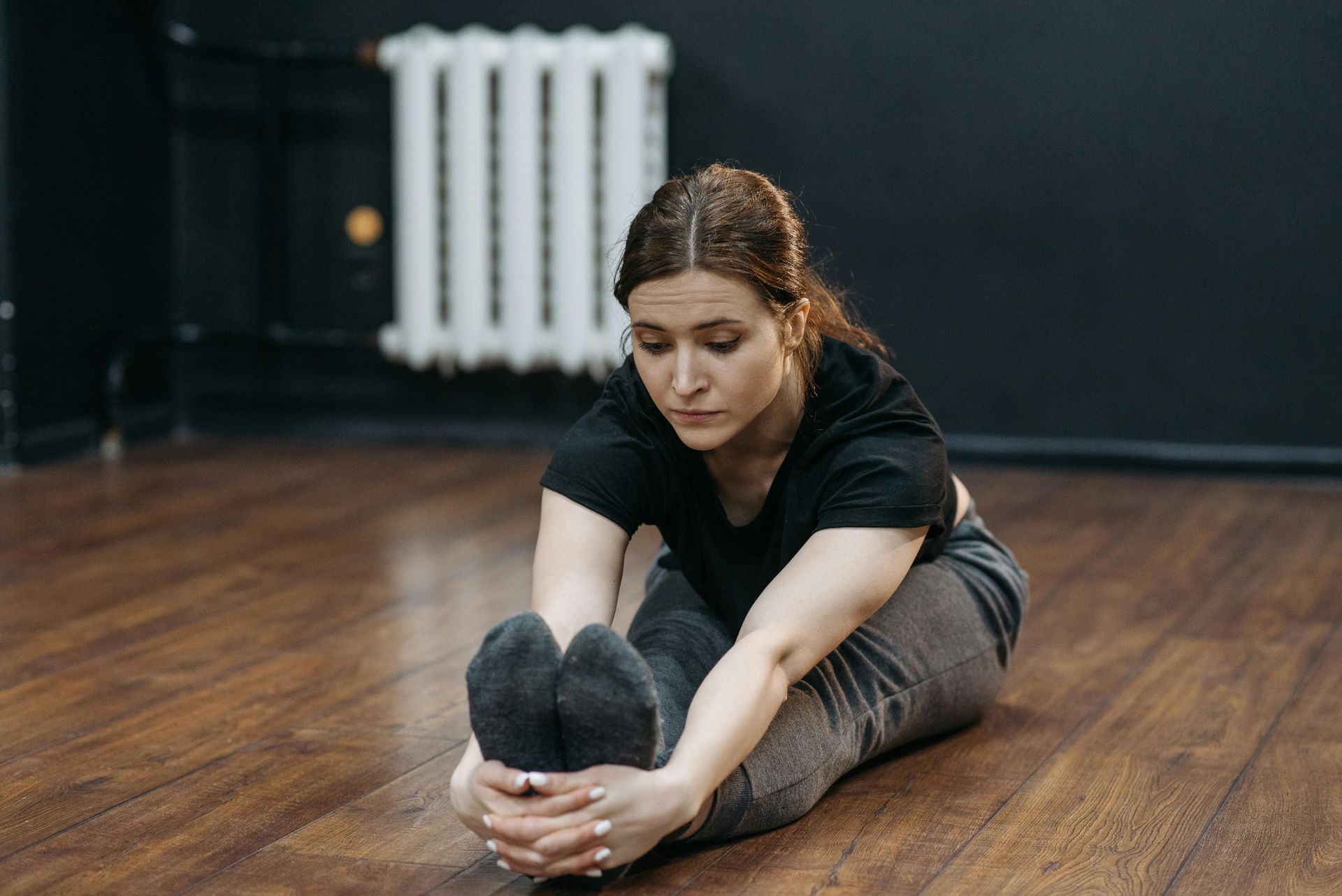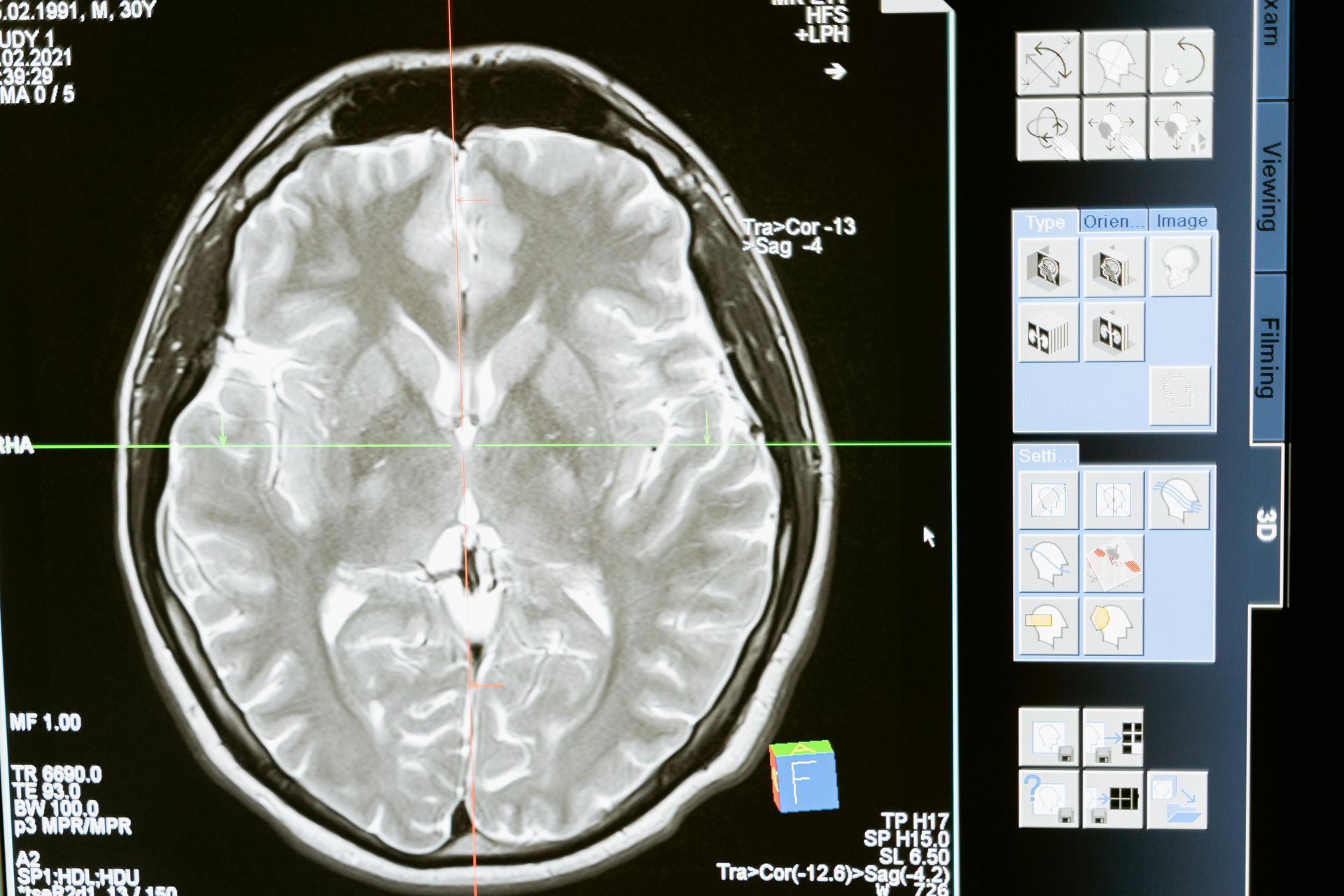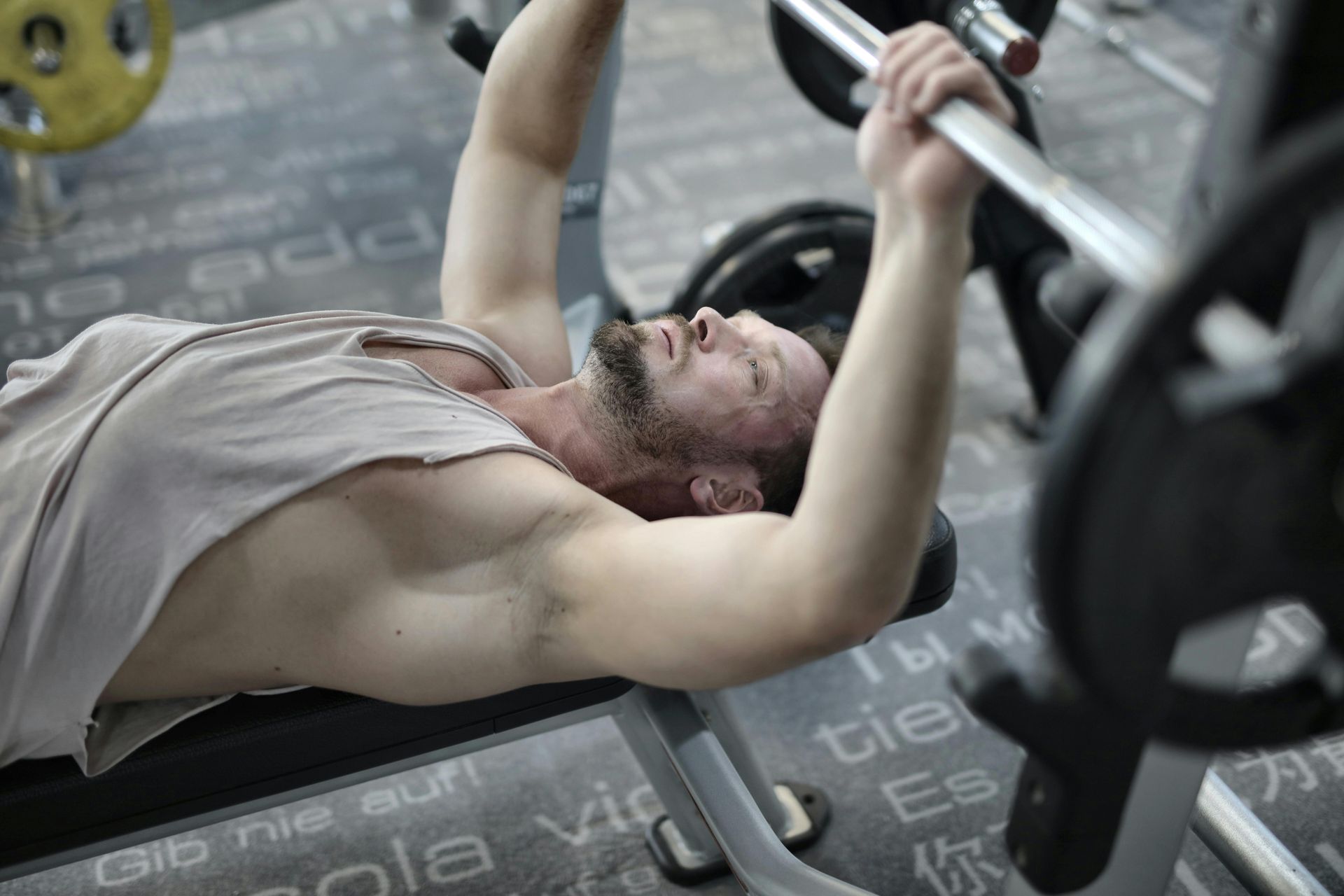What is Science-based Fitness and Nutrition?
What makes information "science-based"?
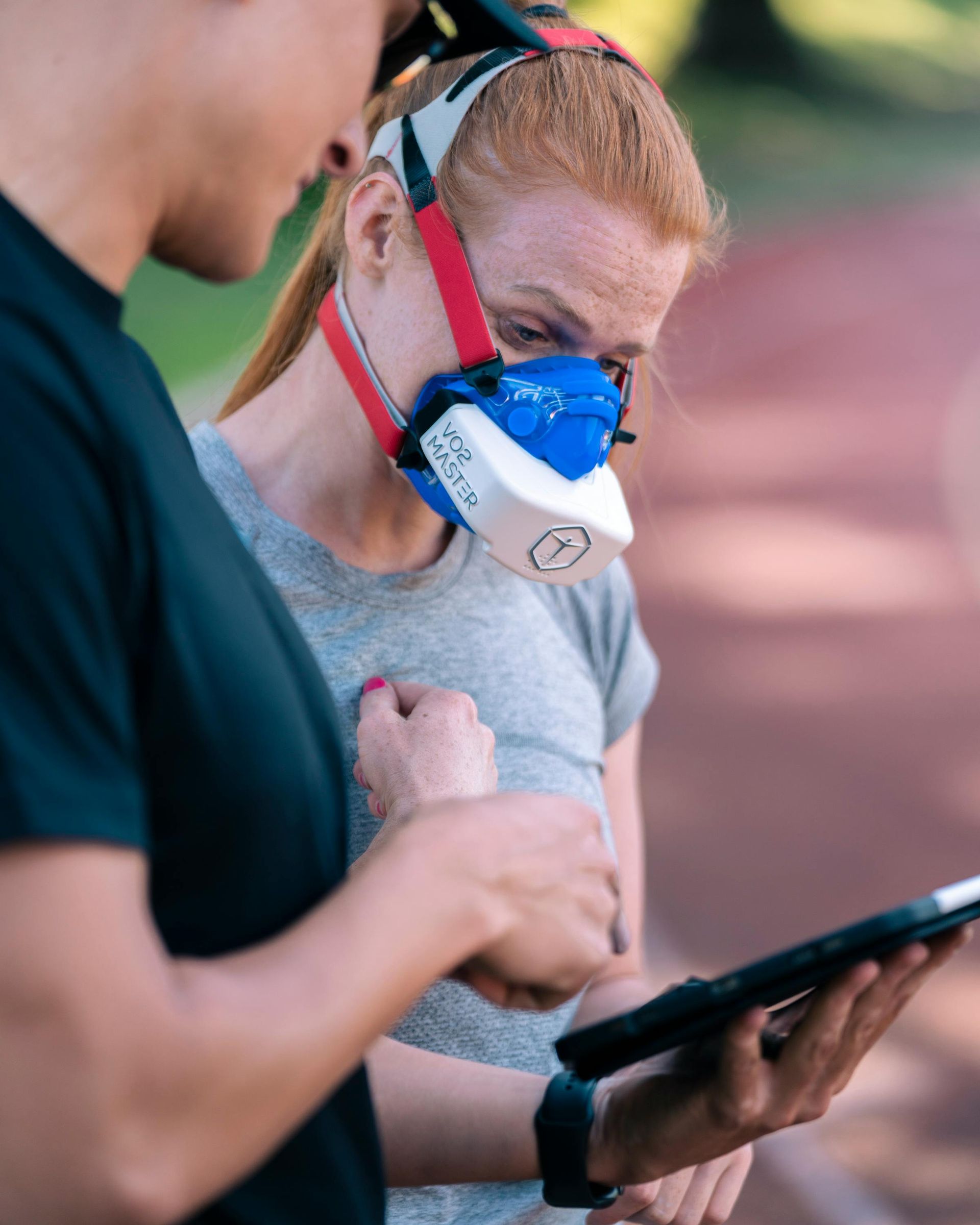
Information about fitness and nutrition is ubiquitous in our modern age. However, a good deal of that information is better characterized as misinformation. There is so much of it that it is difficult to know which information is accurate, or helpful, and which is inaccurate, counterproductive, or even harmful. Fortunately, there is science-based information available, but it is not always accessible.
First, allow me to explain what I mean when I refer to information as “science-based.” What does it mean for information to be science-based? For information to be considered science-based, it must originate from, is supported by, or is consistent with the findings and principles derived from scientific research. It is based on evidence (observable, testable, and measurable) arrived at through systematic observation and experimentation and
is not based merely on intuition, opinion, belief, tradition, or personal anecdotes.
Ideally, this information is peer-reviewed. In formal scientific practice, findings are typically subjected to peer review before publication. This means that other independent experts critically examine the methodology, data analysis, and conclusions of the research under consideration to determine whether it meets rigorous standards. The methods and findings of this research should ideally be reproducible, meaning other researchers could replicate the research and make similar findings in an attempt to eliminate bias.
One thing that many non-scientists fail to appreciate is the value of scientific consensus. Often, “science-based” refers to conclusions supported by a large body of evidence from multiple studies, potentially leading to a scientific consensus within a relevant field which is typically stronger than information based on a single, isolated study especially if that study contradicts said consensus.
This is especially important in the fields of exercise and nutrition science because studies in these fields are often “under powered,” or low in the probability that a study will correctly detect an effect, due to practical issues in the field such as funding, low sample sizes, small effect sizes, data variability, and so on. This is why researchers in these fields rely so much on meta-analyses and/or systematic literature reviews, because they can pool data sets from many studies to mitigate the limitations of under-powered individual studies.
Going back to the concept of a scientific consensus, we should value a more holistic picture of research because it is an indicator of high confidence and reliability, it serves as a foundation for further progress, it filters out weak or unsubstantiated claims, and it helps to overcome individual bias and error. It should be noted that consensus is not to be used as dogma. Scientific consensus sometimes evolves or shifts as compelling new evidence emerges that challenges existing understanding. Science, as it is intended to be, is self-correcting.
However, overturning consensus requires extraordinary evidence that addresses the anomalies and explains the existing evidence as well or better than the previous consensus. In other words, while it is possible, and even sometimes reasonable, to question a consensus, it is not reasonable (especially for lay people) to favor a non-consensus perspective unless it meets those conditions.
One other important thing to note is that consensus
does not
imply 100% unanimity among experts. There are still some individual researchers who dissent from the consensus view, and sometimes for good reasons. However, consensus implies that these dissenting views are held by a small minority and are generally not supported by the bulk of the evidence as interpreted by the wider community of experts.
To put this in practical terms, it’s not hard to find dissenting experts of a variety of perspectives on a single or similar topic. These viewpoints are often inconsistent, or at least in logical tension, with each other. Let’s say there are three researchers: Dr. Jones, Dr. Smith, and Dr. Anderson. Dr. Jones represents the consensus view A for a specific issue while Dr. Smith represents dissenting view B and Dr. Anderson represents dissenting view C for the same issue. A, B, and C are mutually exclusive.
Determining which one is most reasonable to agree with relies on careful consideration of context. Let’s suppose that you lack expertise in this issue. You’re aware of consensus view A and dissenting views B and C. Given that you are unaware of the body of research as a whole as well as its historical context, it becomes clear that the most reasonable option is A. It’s true that it is possible that either B or C are correct, but you lack the means to support choosing either one over A beyond intuition, personal preference, or other subjective factors. What’s worse, if you gave greater weight to such subjective factors, it would seem then that the choice between B or C is arbitrary. You wouldn’t make arbitrary decisions for your health. After all, you’re reasonable, right?
In conclusion, navigating the vast and often misleading landscape of fitness and nutrition information requires a discerning approach rooted in scientific principles. By understanding what constitutes science-based evidence – including its origins in systematic research, the rigor of peer review, the value of reproducibility, and the strength of scientific consensus – individuals can better differentiate reliable guidance from unsubstantiated claims. While scientific understanding is not immutable and can evolve with new evidence, favoring well-established consensus over isolated dissenting opinions, especially without the expertise to critically evaluate the underlying research, offers the most rational path toward making informed and effective decisions about one's health and well-being.
Here are the key takeaways:
- There is a lot of information about fitness and nutrition available, but much of it is misinformation.
- It's difficult to distinguish between accurate and inaccurate information.
- Science-based information exists but isn't always easily accessible.
- Science-based information comes from, is supported by, or is consistent with scientific research.
- It relies on observable, testable, and measurable evidence, not just opinions or anecdotes.
- Ideally, science-based information is peer-reviewed by independent experts.
- Reproducibility of research findings is important to reduce bias.
- Scientific consensus, supported by multiple studies, is valuable and generally more reliable than single studies, especially in fields like exercise and nutrition where studies can be underpowered.
- Meta-analyses and systematic reviews help overcome the limitations of individual underpowered studies.
- Scientific consensus indicates high confidence and reliability, helps filter out weak claims, and reduces bias.
- While scientific consensus can change with strong new evidence, overturning it requires substantial support.
- Dissenting opinions from the consensus exist, but they are usually held by a minority of experts and not supported by the bulk of evidence.
- For non-experts, it is generally most reasonable to trust the scientific consensus over individual dissenting views, as choosing otherwise often relies on subjective factors.

